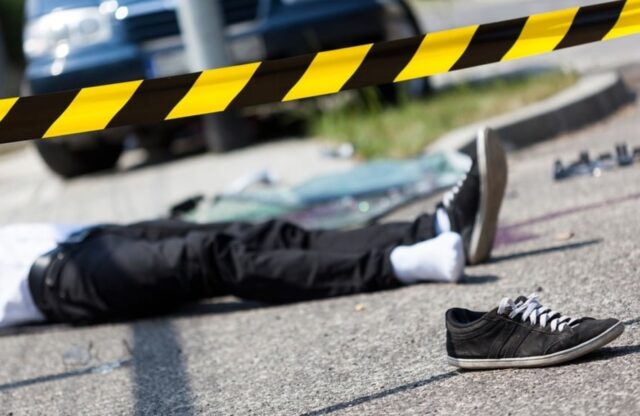
Pedestrian accidents are one of the least reported of any type of road accident. This is largely because they are minor and do not involve serious injury, the pedestrian is not aware of their rights, or that the driver does not stop and cannot later be identified. Based on the information provided by the car accident attorneys at Angel Reyes & Associates in Dallas, TX, there are many factors that cause pedestrian accidents. The culpability for these accidents can lie with the driver, the pedestrian, or is shared between the two parties.
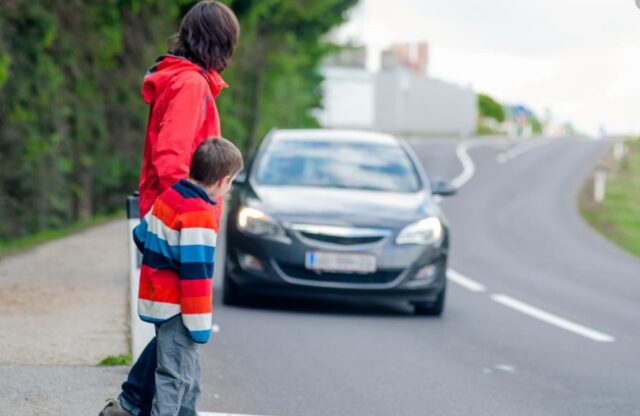
Pedestrian Accidents: A Definition
A pedestrian accident is any accident that involves a pedestrian and a force of movement from a vehicle, including autos, motorcycles, bicycles, or scooters. Data from the U.S. Department of Transportation highlights the following noteworthy facts regarding pedestrian accidents:
- Most pedestrian accidents are not reported in official road traffic injury statistics.
- Around 20 percent of accidents that result in pedestrian fatalities are caused by drivers who later flee the scene of the crash (hit-and-run).
- Most pedestrian accidents happen during the weekends.
- One pedestrian is killed every 107 minutes in the United States.
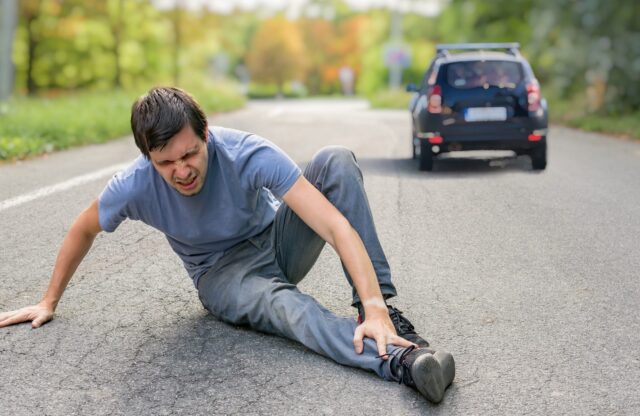
Common Causes of Pedestrian Accidents
Pedestrian accidents are avoidable if drivers and pedestrians obey the rules of the road and make sure they always take reasonable care. When this is not the case, pedestrians and drivers are at significant risk of falling victim to accidents. Negligent driving generally involves one or more of the following factors:
- Driving under the influence (DUI). The reaction times, capacity for reasoning, and general driving skills of drivers who are intoxicated with alcohol or drugs can range from mildly impaired to severely impaired. This can lead them to miss the presence of a pedestrian, especially in bad weather or at night.
- Driving excessively fast. The damage inflicted on the body of a pedestrian increases exponentially the faster a vehicle is traveling at the moment of impact. When a car is traveling at 30mph, pedestrians have a 50 percent chance of surviving. When the car is traveling at 40mph, this probability increases to 90 percent.
- Distracted driving. Distracted driving is when the driver of a vehicle is engaged in a range of activities other than driving when at the wheel. Distracted driving is generally caused by mobile devices, eating and drinking, reaching for items, as well as a range of other things.
- Poor signaling. One of the leading causes of pedestrian accidents is drivers who neglect to signal when turning. When there is no signal, pedestrians can think that it is safe to cross a road before being hit.
- Not Stopping at traffic lights and stop signs. It is against the law not to stop at traffic lights and stop signs. Not only does it cause a significant risk to other drivers, but it is also one of the largest causes of pedestrian accidents.
- Failure to cede the right of way at crosswalks. Crosswalks are built into the road systems to make urban areas more amenable to pedestrians. Drivers are obligated to give the right of way to people on foot. When they do not do this, they put the health and safety of pedestrians at significant risk.
- Backing-up accidents. Many pedestrian accidents occur as a result of a lack of care and attention when backing up. Children are most at risk of being hit by reversing vehicles because their small stature hides them in the rear-view mirror.
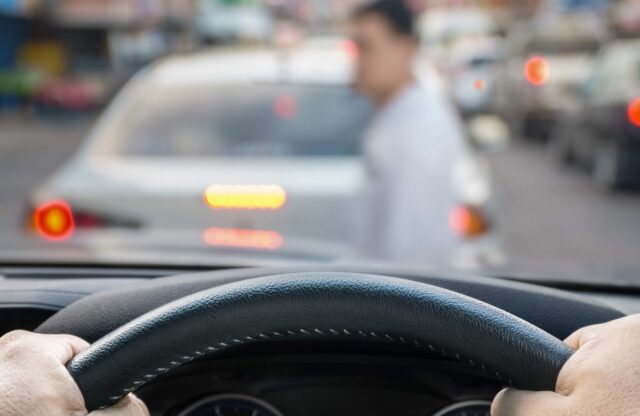
Who Is Most at Risk of Becoming the Victim of a Pedestrian Accident?
Any pedestrian who is not taking due care and attention is at risk of being hit by a vehicle. Nonetheless, there are certain groups in society that statistics show are at increased risk. According to a report produced by the Centers for Disease Control and Prevention, those belonging to the following demographics experience elevated risk:
- Male pedestrians are at higher risk than female pedestrians. More than 66% of pedestrian accidents involve male victims.
- People between the ages of 15 and 29 are statistically the most likely to report to a medical facility for treatment of injuries sustained in a pedestrian accident.
- Close to 20 percent of pedestrian accident victims are Hispanic.
- Thirty-four percent of pedestrians who die in pedestrian accidents have a blood alcohol concentration of .08 percent or higher.
- Children below the age of 14 are at a disproportionately high risk of dying when they are hit by a moving vehicle. This fact is represented by the fact that around 20 percent of all pedestrian fatalities are children.
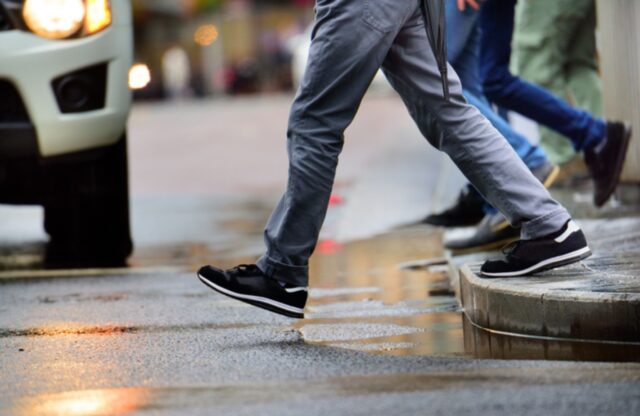
How to Stay Safe
As a pedestrian, there are certain things that you can do to reduce your chances of being hit by a vehicle. These include:
- Wear reflective clothing if you are walking or cycling in low light or during the night. This will ensure that you are easily seen by drivers.
- Only cross the road at intersections or crosswalks where drivers are expecting to see pedestrians if you can help it. If you absolutely have to cross at an irregular site, take care to wait for a suitable gap in the traffic that gives you ample time to make it to the other side.
- If there is a sidewalk you should walk on it. If there is no sidewalk available, walk on the shoulder of the road in the opposite direction to the flow of traffic. This will prevent you from being approached by drivers that could potentially hit you from behind.
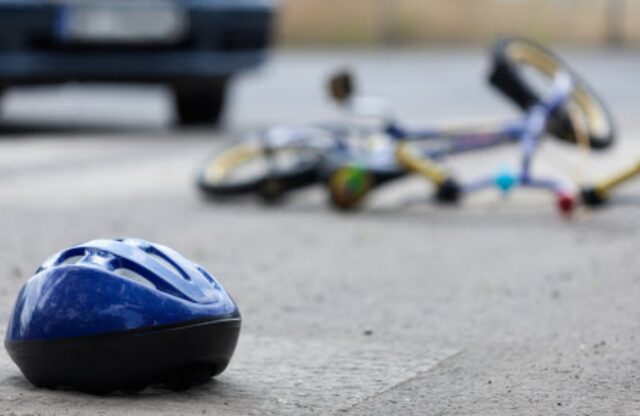
What to Do If You Have Been Hurt in a Pedestrian Accident
People who have been injured in a pedestrian accident as a result of driver negligence are often entitled to compensation to cover loss of earnings, medical expenses, disability care, and emotional and physical trauma. If you feel that you may have a claim, the first thing to do is hire the services of a personal injury lawyer who specializes in litigating pedestrian accident cases. They will be able to offer you free advice and most often work on a no-win, no-fee basis, fighting your case until you obtain the compensation that you deserve.









